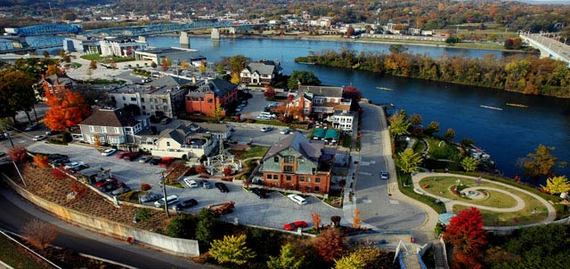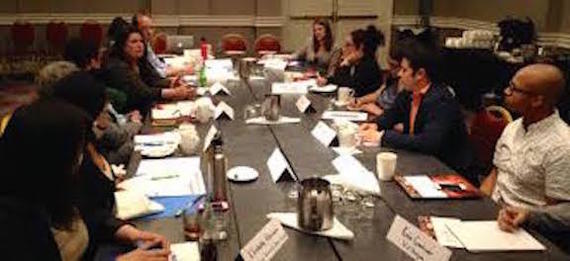Cities across America are putting in place the broadband infrastructure necessary to support the new digital economy and society and looking at the Internet of Everything (IoT), where everything is connected to almost every other thing, to provide cities with the tools to ensure safer cities, better transportation, affordable housing and health care, energy and water consumption and more.
Other cities are establishing art and cultural districts with a critical mass of art galleries, cinemas and music venues, public squares for performances, restaurants, cafes and retail shops.
Both efforts are designed to attract, retain and nurture the creative workforce our cities need to succeed in the new economy.Unfortunately, the plan to embrace technology doesn't usually include the establishment of art and cultural institutions; it connects things but not people in a way that inspires them, makes them wonder and lets them dream. This is a disconnect that will ill serve any effort to reinvent and renew a community for the age creativity and innovation.
We are coming to understand that the young worker, especially, looks for places that have affordable housing, walkability, good schools and parks and the availability of multiple transportation options. Wi-Fi and high speed Internet are a given, and while people don't always say it, they want someplace that has a history, culture and a sense of place. These form the very fabric of a community and are the characteristics which encourage engagement, foster human interaction and make a community a vibrant place to live and work.
The Kresge Foundation which is committed to supporting art and culture in community building, said it best:
Cultural institutions and artists animate our communities; they bring disparate people together to share common experiences, stimulating our imaginations and helping us foster a rich and varied quality of life.
As we move into a new economy that values creativity and innovation, we need to reinvent our schools and our communities, where our young people spend more that half their time. Indeed, all of us need places that nurture our creative self.
According to the New Cities Foundation, a new independent non-profit with offices in Geneva and Paris:
Over the next decade, some $ 250 billion will be invested in the creation of new cultural districts around the globe" ... "success is not just getting an arts building or series of buildings out of the ground, it is about ensuring that they are viable and play a central role in their communities.
Adrian Ellis, one of the founders of the New Cities Foundation, argues that: "For planners (the art and culture districts) can help build community and social capital; for sociologists they keep at bay the forces of anomie; for economists, they incubate and inculcate creativity, and draw those fickle high-net-worth tourists; and for the politicians and the semioticians alike, they signify and calibrate complex aspirations and identities. But they are difficult to get right, and expensive and politically embarrassing to get wrong."
When a city begins to organize itself to be a smart city, or conversely, when the city begins the process of renewing itself for the creative economy, everyone with a stake in the region's future should be at the table.

